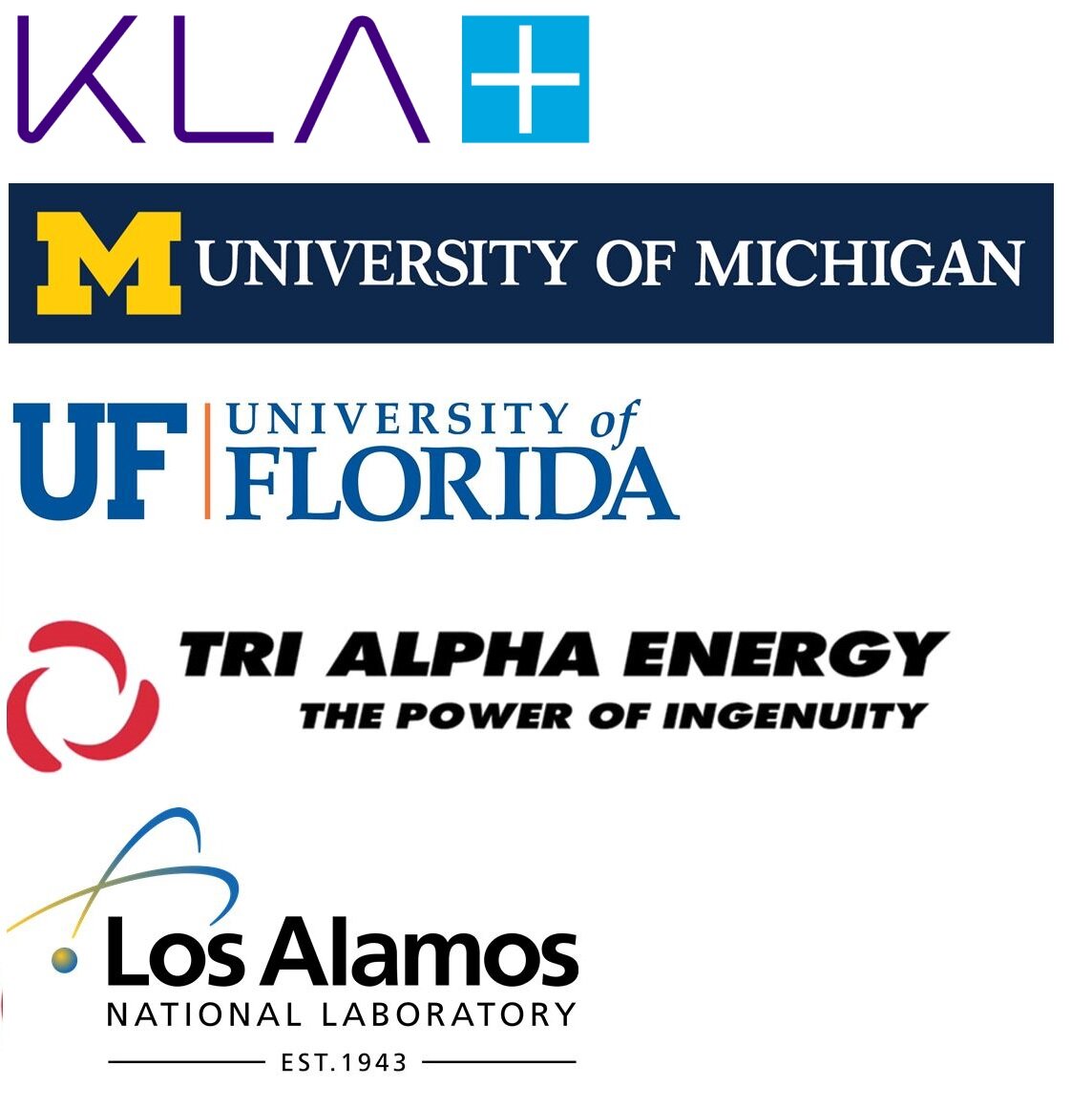
Publons: 1346607
ORCID: 0000-0003-4596-1780
Thank you to all of my collaborators - past and present - without whose assistance my work would not have been possible. Furthermore, I am grateful to the many institutions which enabled my research through funding, equipment, supervision and work space.
Publications
Ph. D. Research
In collaboration with Prof. Mark Kushner (University of Michigan)
Low-temperature, atmospheric pressure discharges in Packed Bed Reactors.
Plasma-chemical mechanisms in air discharges.
Interactions of plasmas with liquid micro-droplets and aerosols.
Synergistic effects between plasma and metallic catalysts in LTP reactors.
Press Release regarding this work: https://bit.ly/2zVV7zR
Prior Research
In collaboration with Prof. James Tulenko (University of Florida)
Spark-plasma Sintering manufacturing of uranium dioxide / diamond composite fission fuels.
Fuel pellet analysis via x-ray diffraction, Raman spectroscopy, and scanning electron microscopy.
Thermal and neutronic performance analysis of composite and annular fuel pellets in fission reactors.
In collaboration with Prof. James Baciak(University of Florida)
Design, prototyping and simulation of Inertial Electrostatic/Magnetic, pulsed confinement system in cylindrical geometry.
Optimization of Focus Electrode geometries and energetics of electron injection via a Schwartz-Christoffel ionic pathway and electromagnetic field analysis.
Design and simulation of high power systems (Cockcroft–Walton generators and Rayleigh Pulse Forming networks).
In collaboration with Dr. Eric Trask (Tri Alpha Energy)
Modifications of existing plasma ray tracing codes to allow open magnetic flux surface ray trajectories for Reverse Field Confinement fusion reactor.
Maximization intra-separatrix power deposition via Electron Bernstein Wave coupling mechanisms.
Design and construction of ultra high vacuum systems.
In collaboration with Dr. Dan Dickerell (Oculus Research)
Computational tools for analysis of medical retinal imaging aimed at vasculature analysis and early illness detection.
In collaboration with Dr. Bruce Letellier (Los Alamos National Laboratory)
Risk analysis of South Texas Nuclear Plant’s spray/sump filtration systems via micro and macro structure deposit and hydraulic interaction analysis.
Hydraulic sequences for the plant’s limiting conditions of the sump and spray system, the filtration system flow, and the spray system cooling capacities.
Kinematic characterization of explosives-propelled shrapnel via computational x-ray imaging analysis and synthetic radiography.
3-D object identification, elemental density assessment, and trajectory and kinetic energy calculations from down-range 2-D images.
